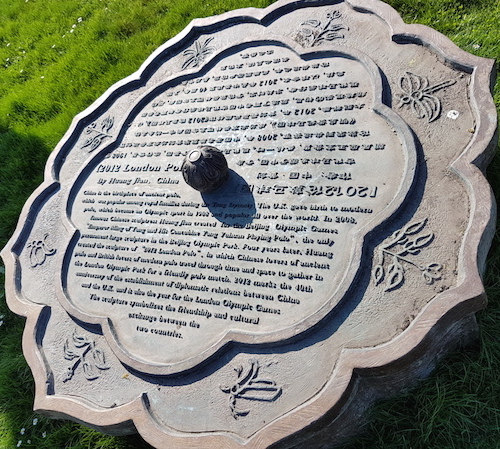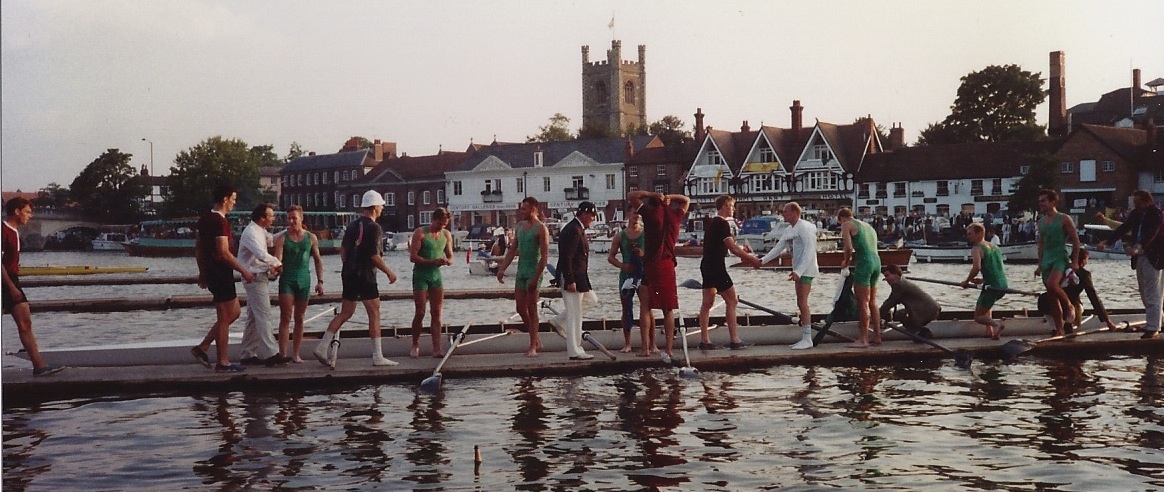Visitors arriving at London’s Excel Centre by the Dockland Light Railway from the City usually alight at the Custom House station. For the time being, redevelopment of Custom House to accommodate Crossrail – aka the Elizabeth Line which is due to open in 2018 – means that visitors are alighting at the Prince Regent station one stop further east. This means more people will get to see how the London exhibition centre commemorates its role as a sporting landmark: Excel was venue for boxing, fencing, judo, taekwondo, table tennis, weightlifting, and wrestling during the London 2012 Olympic Games.
The commemoration includes hand prints of Boris Johnson, London Mayor at the time of the Games, Sebastian Coe, Chairman of the London Organising Committee, and four Olympic champions who won gold at the venue: Jade Jones (taekwando 57kg); Nicola Adams (boxing, flyweight); Luke Campbell (boxing, bantamweight) and Anthony Joshua (boxing, super heavyweight)
A short walk further east, just past the London Watersports Center where another Olympian, 2008 double scull gold medallist and Steward of Henley Royal Regatta Mark Hunter is an ambassador for the London Youth Rowing charity, is another unusual sporting landmark commemorating the evolution of the sport of polo.
The “Polo Group Sculpture” by Chinese artist Huang Jian, was unveiled in 2012 features two ancient Chinese and two modern British polo players playing against each other. The Chinese statues are said to depict “Emperor Ming Huang and Lady Yang Playing Polo”.
When it was unveiled, the local newspaper, the Newham Recorder, reported that the group sculpture will continue to expand to mark future Olympic Games.
The plaque alongside the statues reads:








